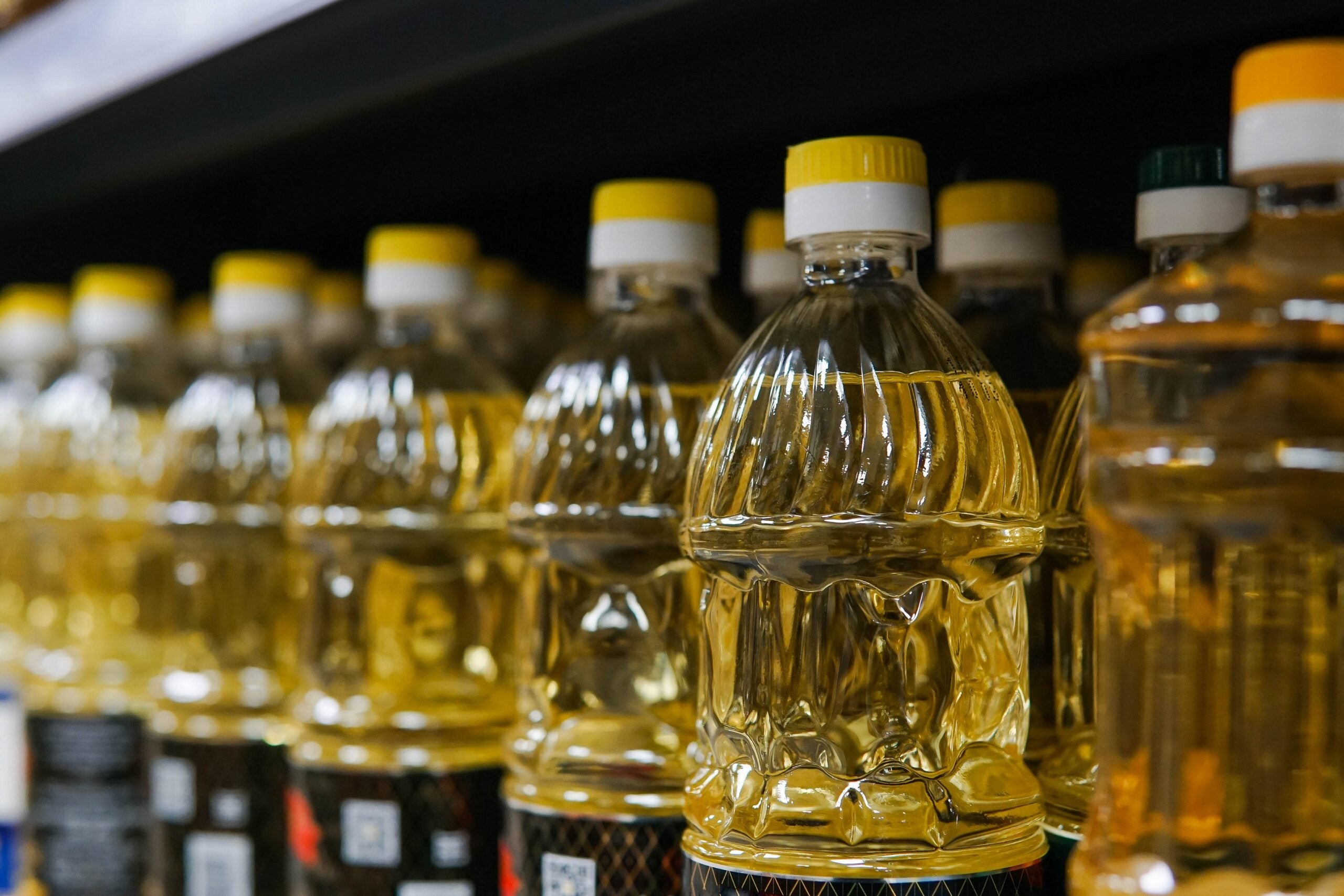
World food commodity prices, as measured by a key FAO index, again fell month-on-month in January, continuing their drop since their peak in March 2022.
The FAO Food Price Index, created by the Food and Agriculture Organization of the United Nations, averaged 131.2 points in January 2023, equating to a decrease of 1.1 points (0.8%) from December 2022.
Food prices hit an all-time high in 2022 as a result of Russia’s invasion of Ukraine in late February and the subsequent pressure on the trade in key commodities such as wheat and sunflower oil. General prices had begun to rise after the Covid-19 pandemic between 2020 and 2021 but the annual highs of these years were still some way shy of 2022’s ceiling (125.7 points in 2021 and 143.7 in 2022).
After the decline, the index has fallen 28.6 points (17.9%) from the peak in March 2022.
Moreover, this January showed a decrease of 4.4 points (3.2%) compared to January 2022.
Out of the five commodities that make up the index, vegetable oils, dairy and sugar led the decline in prices while meat and cereals held steady.
The FAO price index for vegetable oil fell 2.9% on December and stands nearly 25% lower than January 2022.
“The decrease reflected lower world prices of palm, soy, sunflowerseed and rapeseed oils,” said the FAO. “World prices of palm and soy oils dropped amid subdued global import demand, while those of sunflowerseed and rapeseed oils declined due to ample export availabilities.”
Dairy dropped 1.4%, “with prices trending down for butter and milk powders on lighter demand from leading importers and increased supplies from New Zealand”, said the UN organisation.
The FAO index for sugar prices fell 1.1%, primarily due to Brazilian weather conditions and strong harvest progress in Thailand which “outweighed the impact on prices due to concerns over lower crop yields in India, higher gasoline prices in Brazil, which support demand for ethanol, as well as the Brazilian real’s appreciation against the United States dollar”, the FAO noted.
Meat and cereal remained essentially unchanged (meat down 0.1% and cereal up 0.1%).
For meat, the FAO claimed “ample export availabilities weighed on poultry, pig and bovine meat prices, while ovine export prices rose due to stronger import demand”.
Cereal presented a more complex issue as international wheat prices dropped by 2.5% but international rice prices rose by 6.2%. The organisation said rice’s jump in price was “influenced by tighter availabilities, strong local demand in some Asian exporting countries and exchange rate movements”.
The FAO, meanwhile, has raised its forecast for world cereal production in 2022, with supplies set to tighten in 2022/23.



